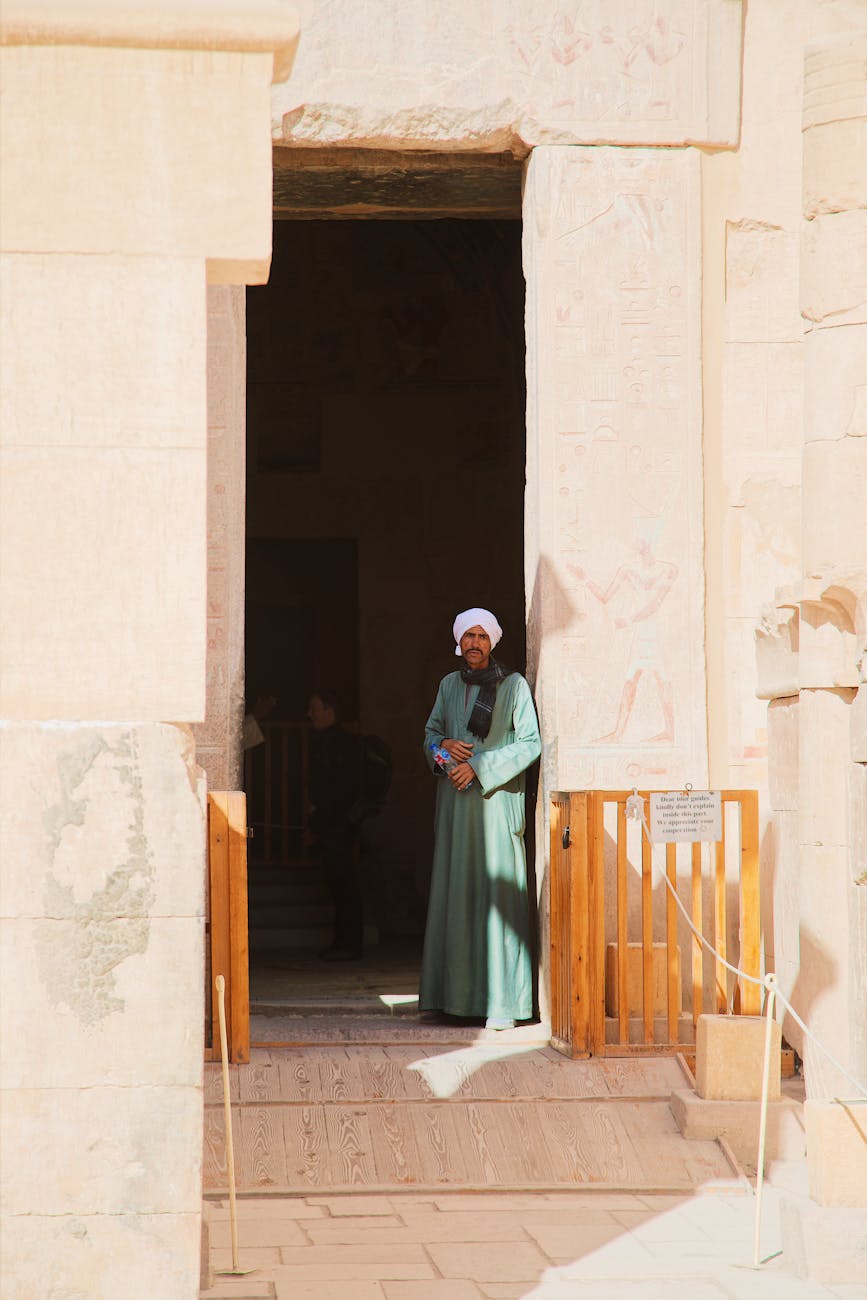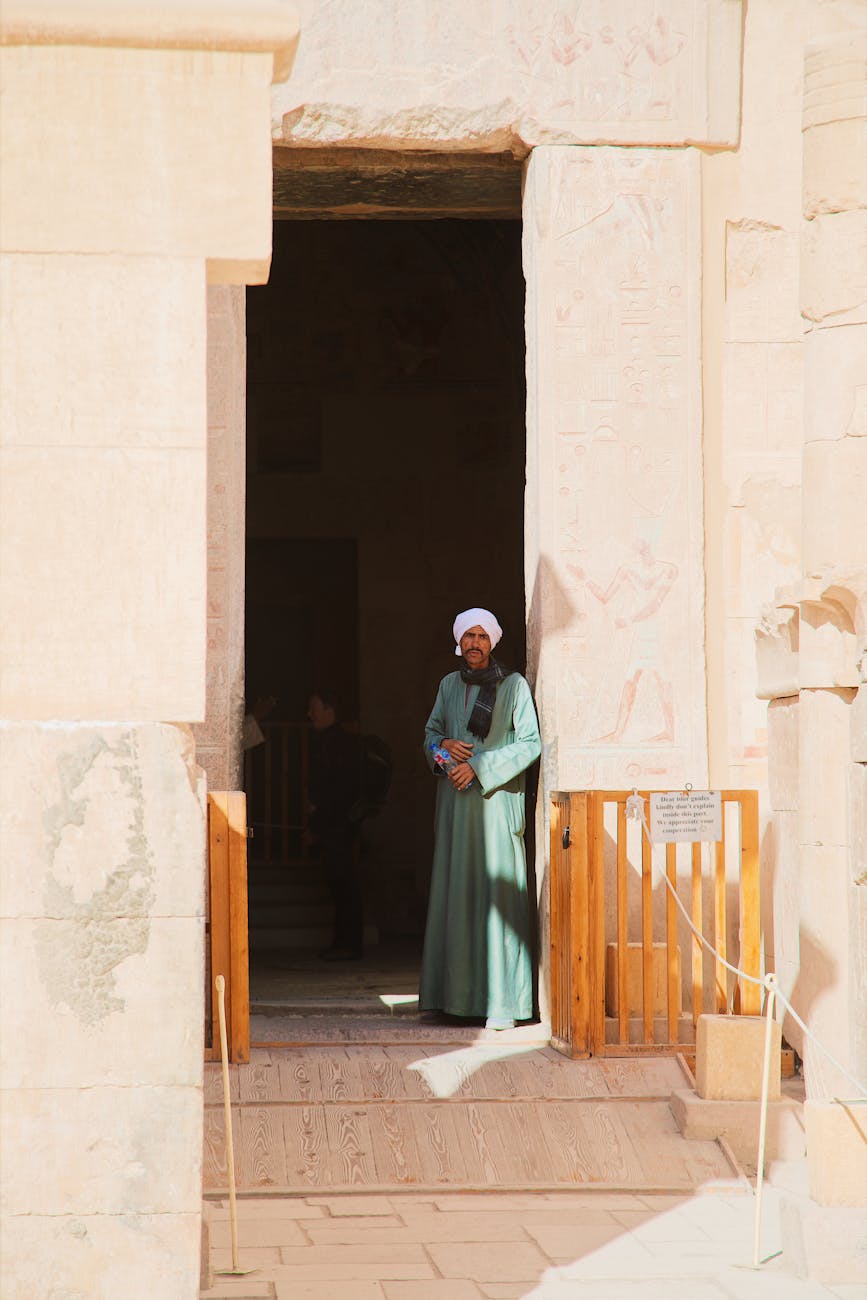- Introduction
- Emotional Connection
- Historical Significance
- Cultural Identity
- Stunning Architecture
- Educational Value
- A Place for Reflection
- Final Thoughts
- FAQ
Imagine wandering through a serene landscape where every stone tells a story, and every name etched in granite resonates with history. War memorials are not just places of remembrance; they emerge as powerful holiday destinations that stir deep emotions and reflections. These profound sites invite visitors to connect with the sacrifice and valor displayed by countless individuals, bridging generations through shared reverence and remembrance.
Interestingly, visiting a war memorial can offer an unexpected escape from the ordinary hustle of travel. It combines reflection with exploration, ensuring an experience that is deeply enriching. Many overlook these sites, but they hold the potential to become the most unforgettable spots on any travel itinerary. Filled with rich narratives, artful designs, and historical significance, these memorials are worth every moment spent in their presence.
One of the most powerful aspects of visiting war memorials is the intense emotional connection they evoke. Upon arriving, visitors are often struck by the reverence of the atmosphere. The quietude around these hallowed grounds serves as a poignant reminder of the lives lost and the struggles endured. Each monument stands as a tribute, eliciting a mix of gratitude, sorrow, and awe that can be difficult to articulate.
Engaging with stories from the past, visitors connect to feelings of empathy and compassion. These sites not only honor heroes but also highlight the cost of conflicts, prompting reflections on peace and the importance of unity. Such emotional gravitas makes a visit truly unforgettable; it transcends mere tourism, forging connections that linger long after one departs. With each step taken, the weight of history envelops visitors, making these sites powerful portals to the human experience.
Each war memorial is steeped in historical significance, often marking pivotal moments in a nation’s journey. For instance, iconic sites like the Vietnam Veterans Memorial in Washington, D.C., are not merely structures; they encapsulate the struggles and sacrifices that shaped a nation’s identity. Their very existence invites contemplation about the past while offering insights into future generations’ responsibilities.
Beyond mere statistics, these sites represent personal stories, struggles, and triumphs. While walking through these memorials, one cannot help but feel a connection to the historical events that they commemorate. Engaging with the histories encapsulated within these spaces ignites curiosity, compelling visitors to learn more about events that shaped their realities. By embracing this exploration, one truly comprehends the magnitude of what these memorials encapsulate and reflects on the costs of war on a broader scale.
War memorials serve as anchors of cultural identity, weaving together threads of diverse narratives into a tapestry that represents collective memory. They reflect a society’s values and struggles, showcasing how different cultures honor their heroes and remember their past. Countries around the world often create these sites to express their unique narratives, contributing to a rich global dialogue about identity and remembrance.
As travelers engage with memorials, they gain insights into different cultural perspectives surrounding war and peace, fostering a sense of global citizenship. It becomes an opportunity to understand how societies cope with loss and how they celebrate their heroes, thus enriching one’s travel experience. Such deep cultural engagement leaves an imprint, reminding us that the stories of the past often echo in the values and beliefs of the present.
Not only do war memorials stand as powerful symbols of remembrance, but they often feature stunning architecture that astounds visitors. Designed with precision, each memorial reflects its cultural and historical context, using design elements that resonate deeply with the viewer. From grand stone sculptures to minimalist designs, these architectural feats tell stories in their own right, inviting visitors to explore their every detail.
Locations like the Hiroshima Peace Memorial highlight how architecture can embody resilience and hope, becoming a source of inspiration. As travelers wander through these beautifully crafted sites, they not only appreciate the artistry but also grasp the deeper meanings behind each structure. The marriage of art and history creates a visually arresting atmosphere that enhances the overall experience, making even the most somber visit a journey of inspiration and discovery.
War memorials are treasure troves of educational value. They provide a foundation for incredible learning opportunities, sparking curiosity about history, culture, and social dynamics. These sites serve as open classrooms where visitors can gain a more profound understanding of the conflicts remembered, paving the way for meaningful discussions about peace and reconciliation.
Many memorials also feature informative plaques, guided tours, and interactive exhibits, enriching the visitor experience. Engaging with these educational resources encourages curiosity and critical thinking, transforming each visit into a learning adventure. Individuals depart with knowledge that goes beyond textbooks, equipping them to discuss and reflect on the historical events that shaped societies and continue to influence contemporary issues.
Amid the daily chaos of life, war memorials offer essential spaces for reflection. They provide a peaceful sanctuary for contemplation, encouraging visitors to pause and ponder life’s complexities. In a world often filled with noise and distractions, stepping into a memorial offers a moment of tranquility where one can ponder the value of peace and the price of freedom.
Spending time in these hallowed spaces often catalyzes deeper thoughts about personal values and responsibilities toward society. This reflective atmosphere invites individuals to assess their place in the ever-unfolding narrative of human history. By engaging with these strong reminders of sacrifice and resilience, visitors can leave inspired to contribute positively to the world in their own unique ways, reinforcing the larger themes of hope and connection.
In conclusion, war memorials invite exploration, understanding, and emotional growth, serving as some of the most unforgettable holiday destinations. Each visit transforms ordinary travel into an experience that resonates deeply, leaving lasting impressions of empathy and admiration. The lessons learned from these sites enrich our lives, reminding us of our shared humanity and the ongoing importance of remembrance.
Travelers seeking meaningful experiences will find that visiting war memorials provides a fusion of history and identity, striking a balance between learning and personal reflection. As you venture out on your next holiday, consider these significant sites, as they hold the power to transform your perspective, leaving you with memories that endure long after your journey ends.
- What is the significance of visiting war memorials?
Visiting war memorials serves as a poignant reminder of the sacrifices made during conflicts, creating a space for reflection and understanding of historical narratives. These experiences enrich our appreciation for peace and humanity. - How do war memorials differ in cultural representation?
Different cultures commemorate their conflicts uniquely through memorials, reflecting their values, struggles, and historical contexts, which offers a broader perspective on shared human experiences. - Are there guided tours available at war memorials?
Many war memorials offer guided tours and educational resources to enhance visitors’ experiences, allowing for deeper engagement with the stories and histories represented. - Can visiting war memorials impact personal perspectives?
Absolutely! The emotional and educational aspects of visiting these sites can profoundly influence one’s understanding of peace, sacrifice, and social responsibilities.
Image Credit: Pexels





